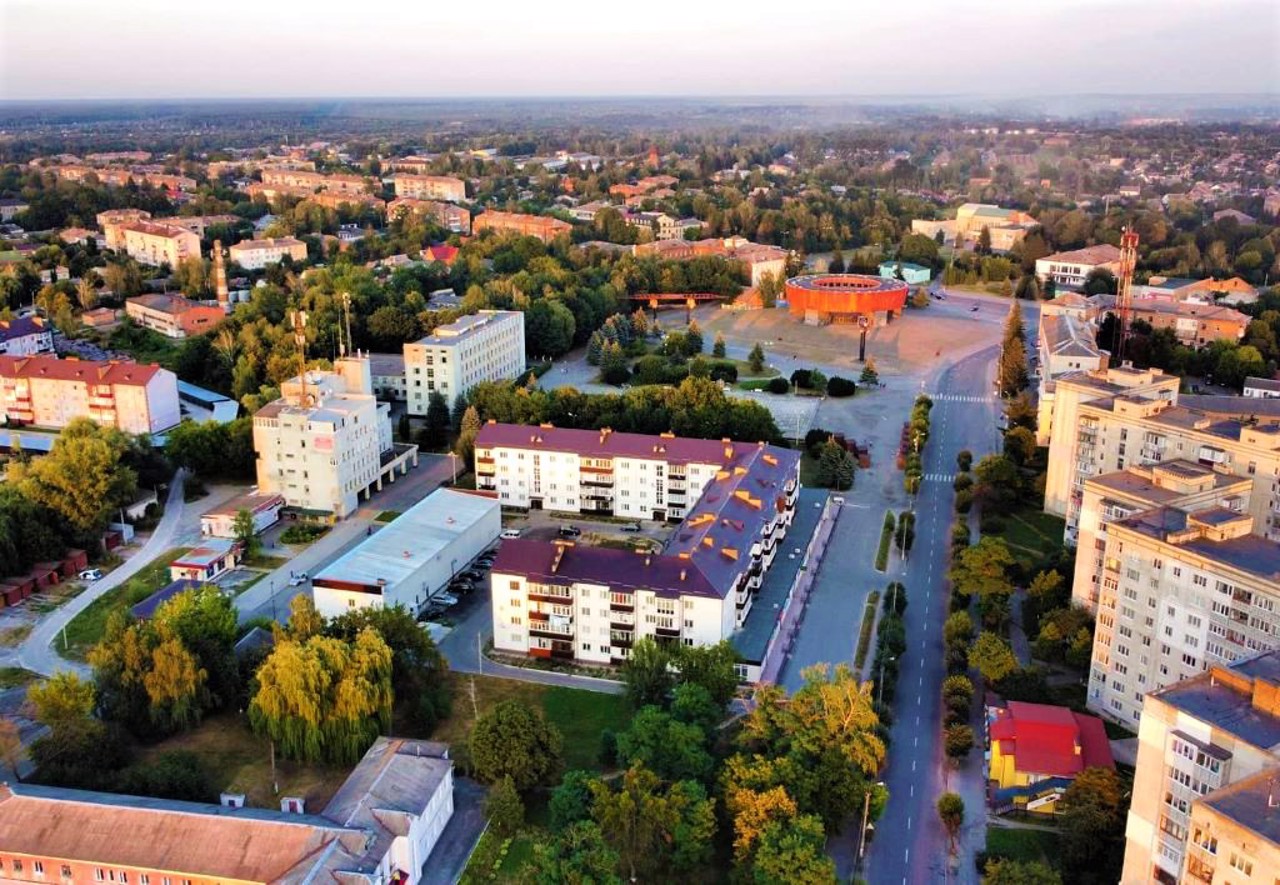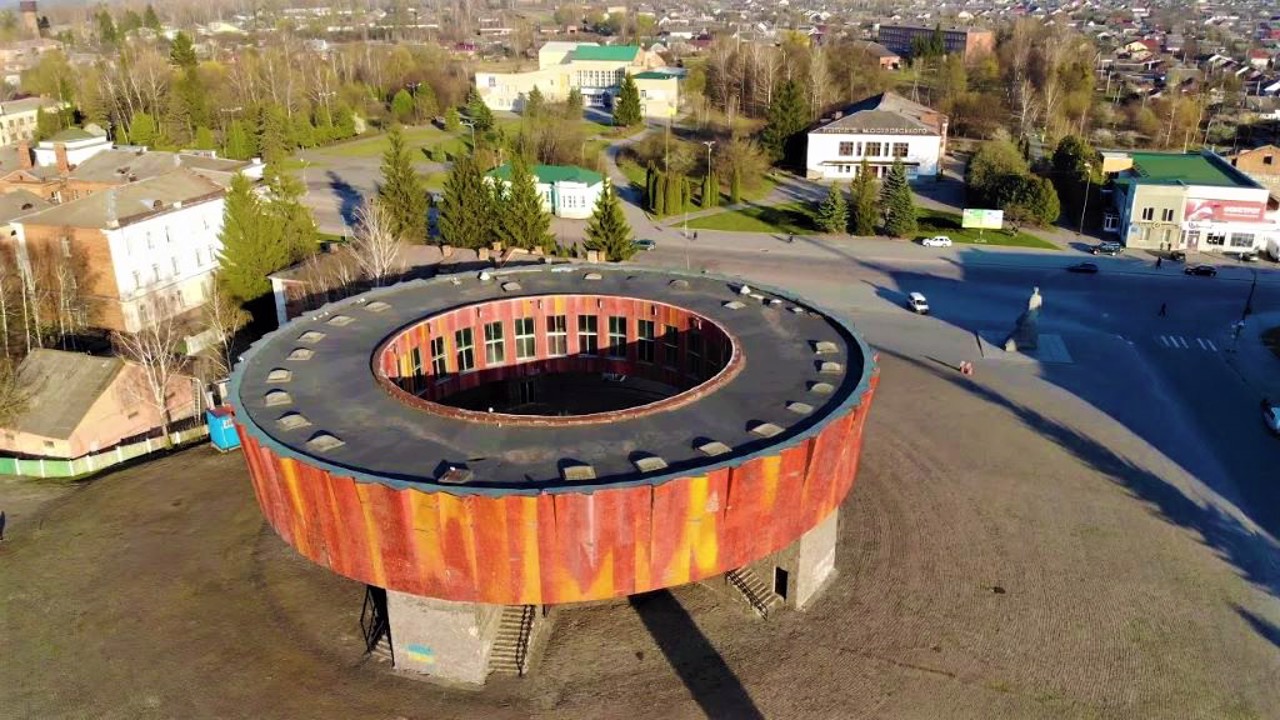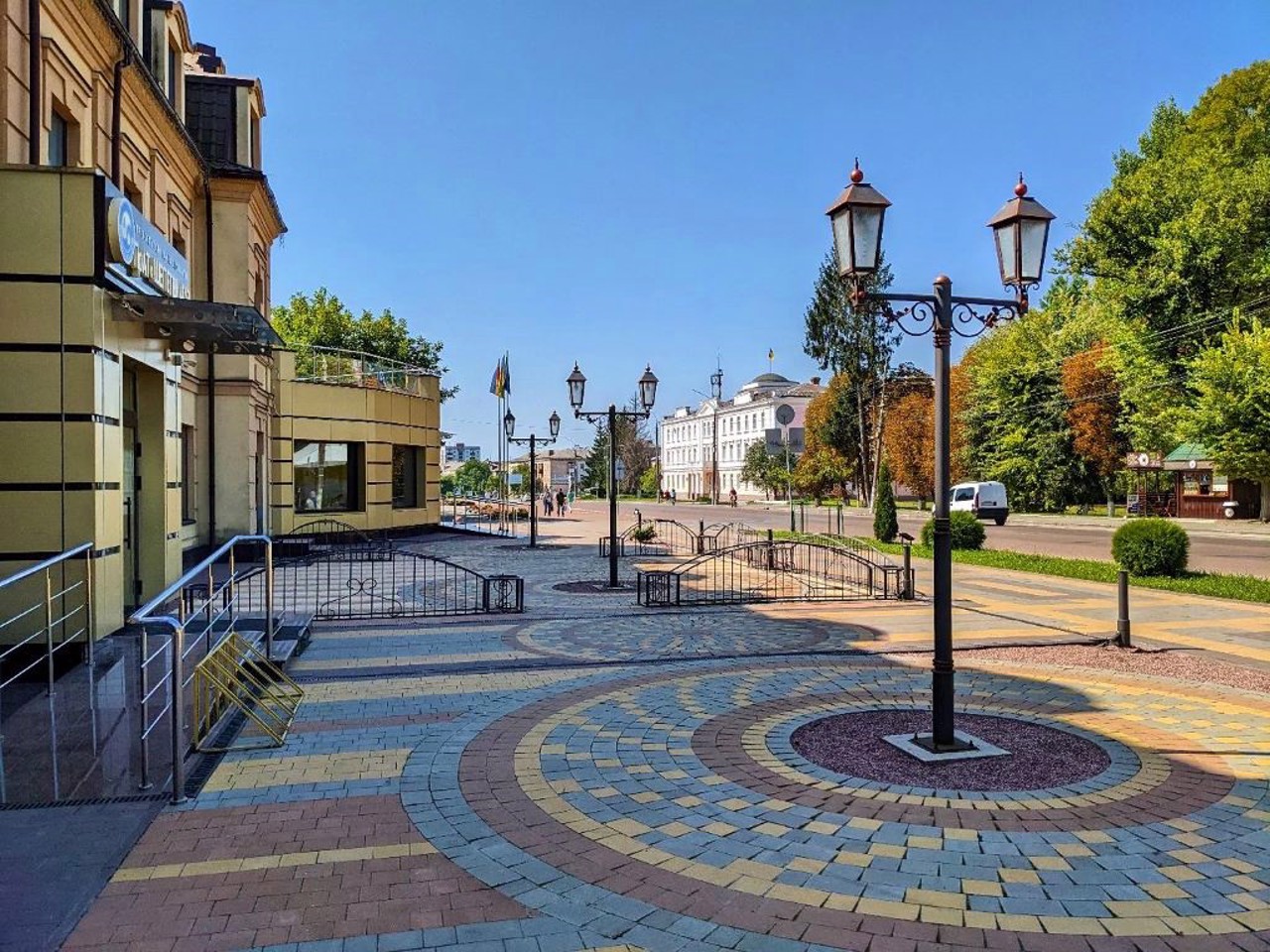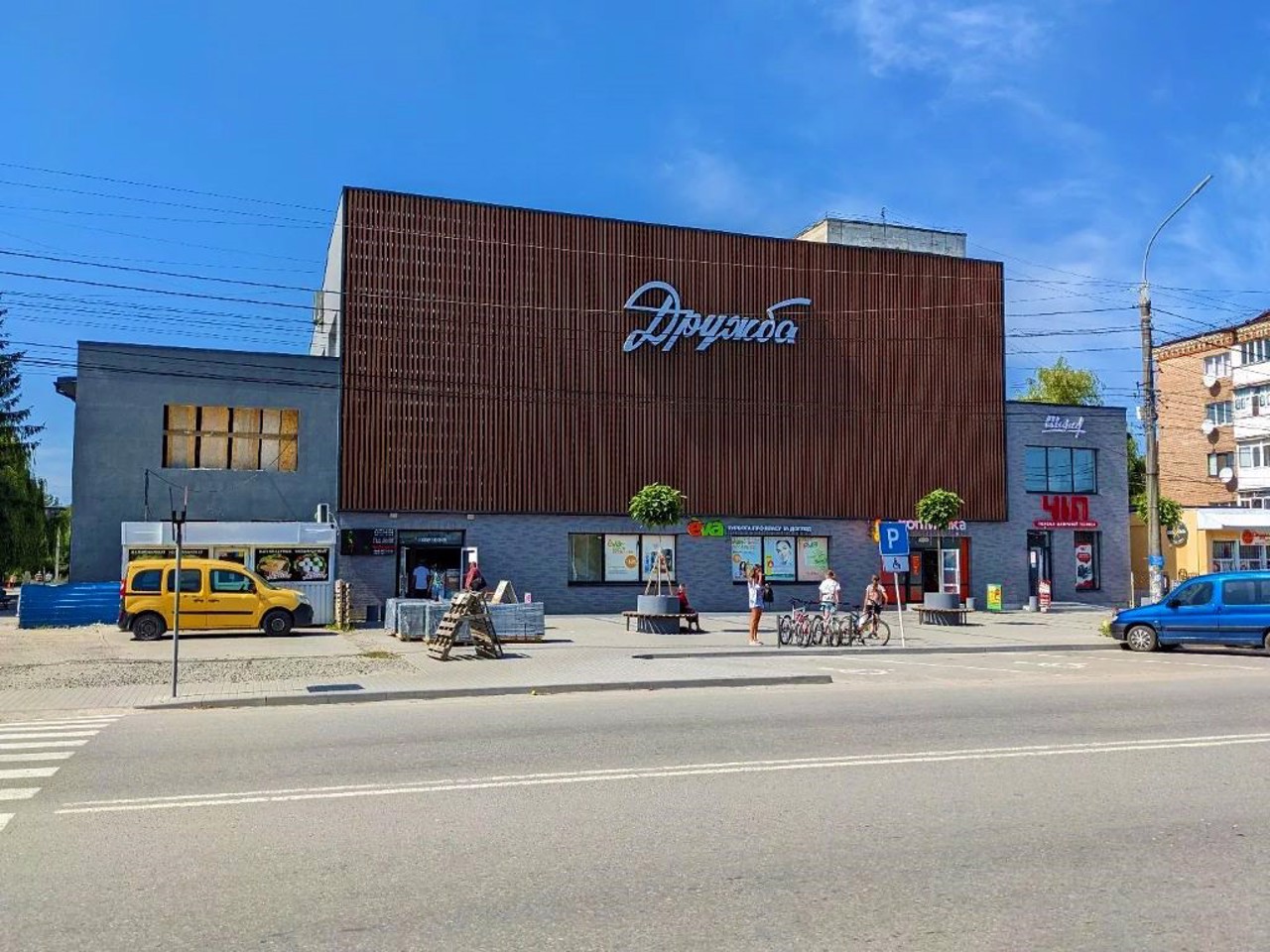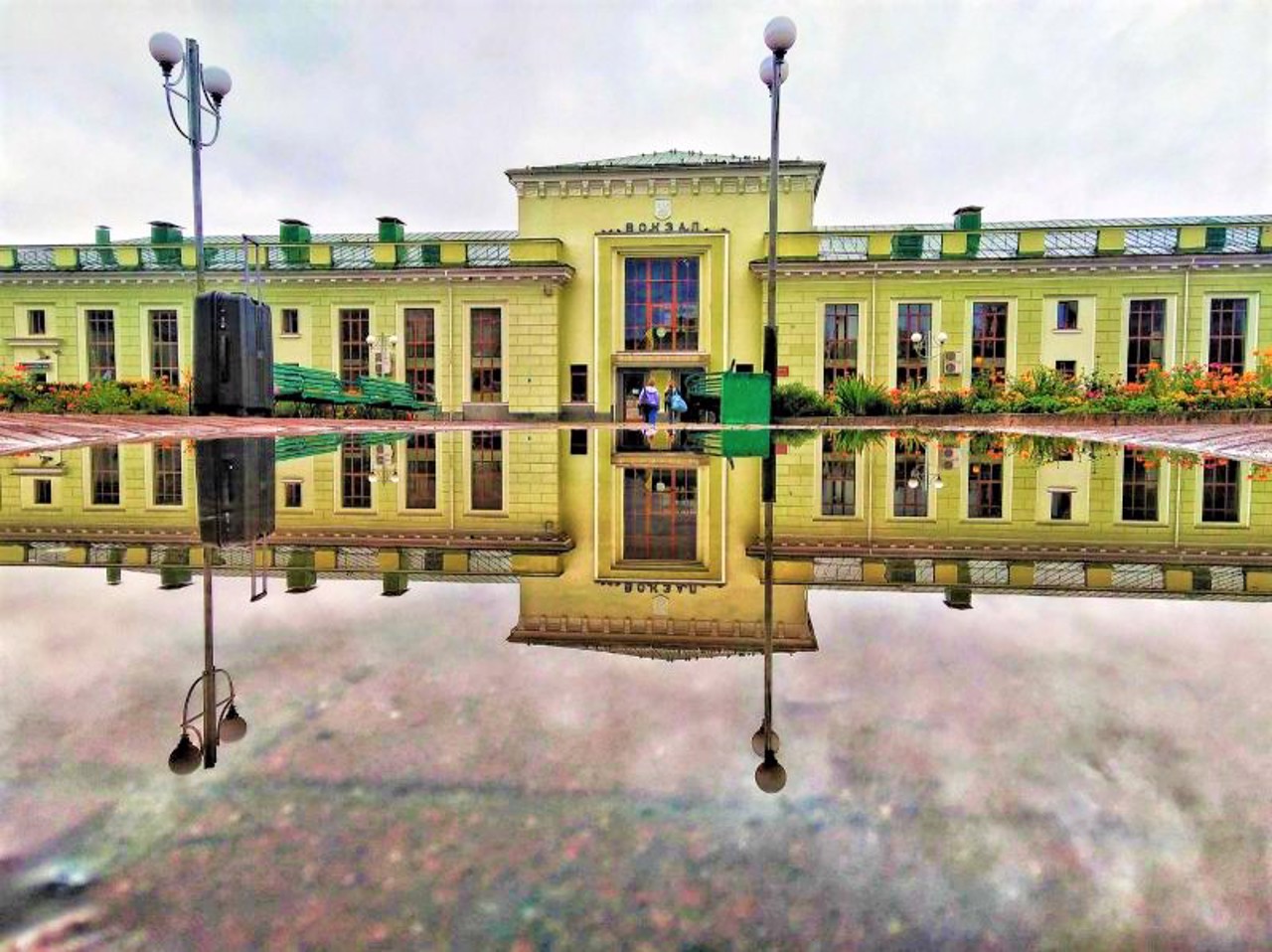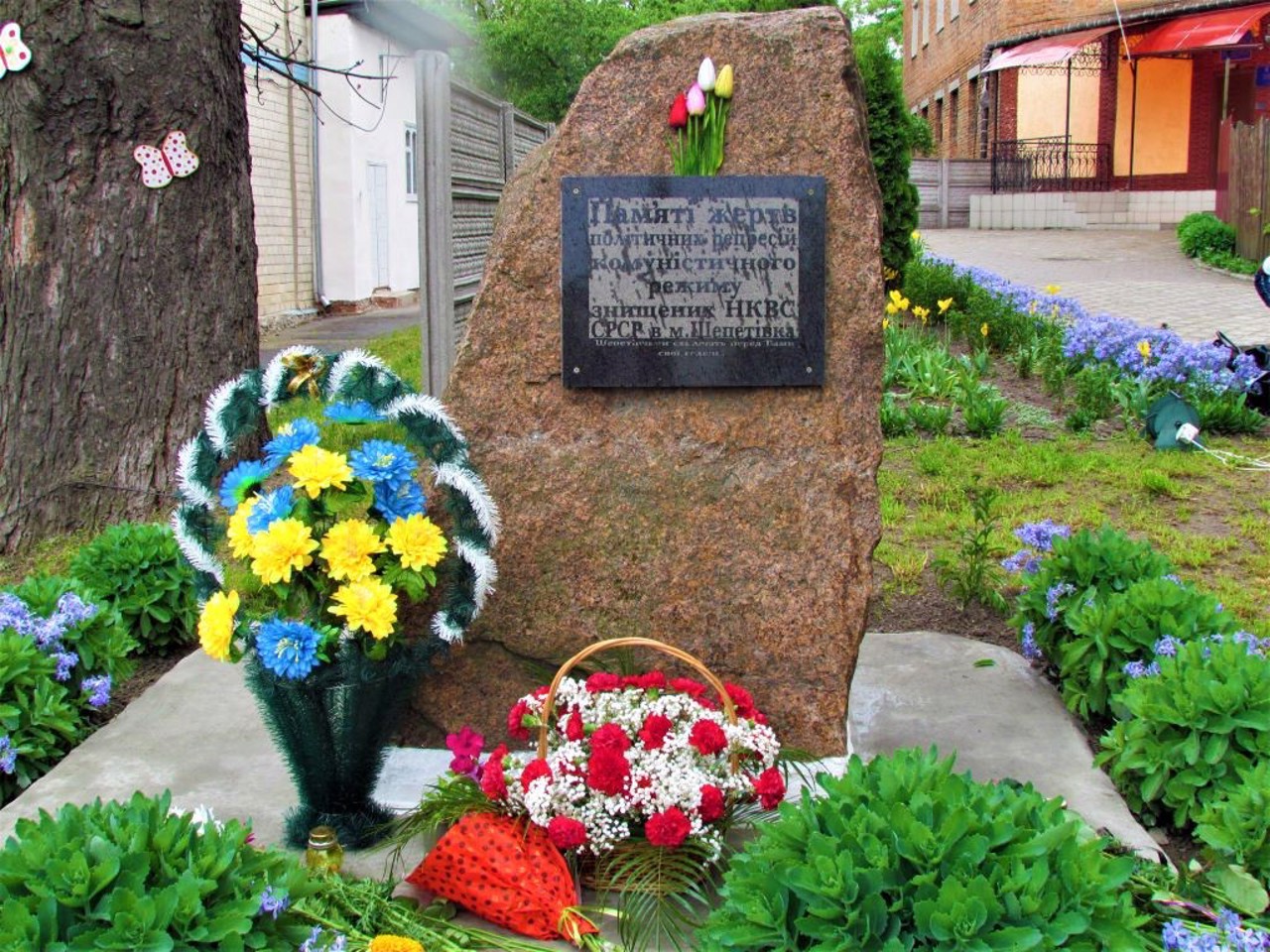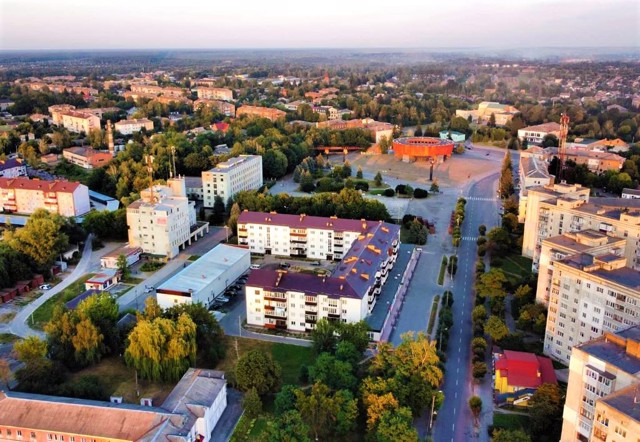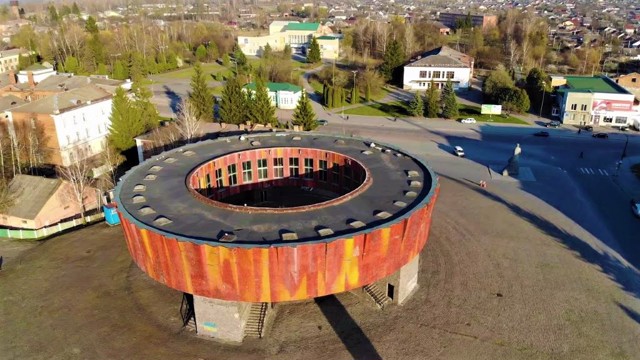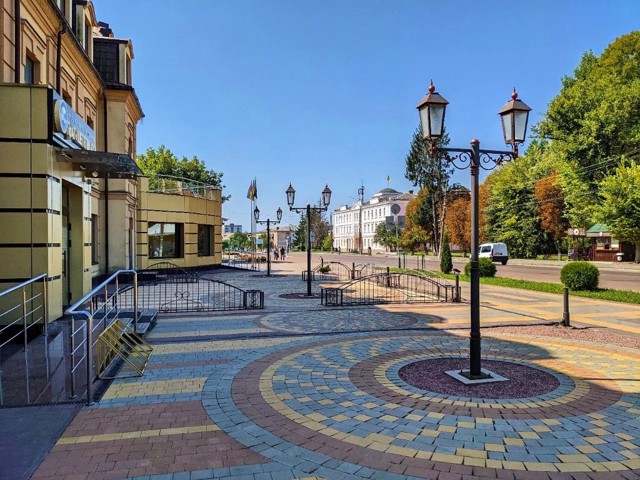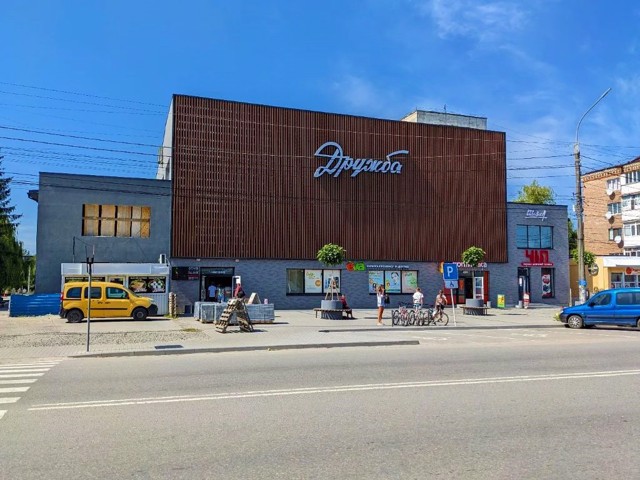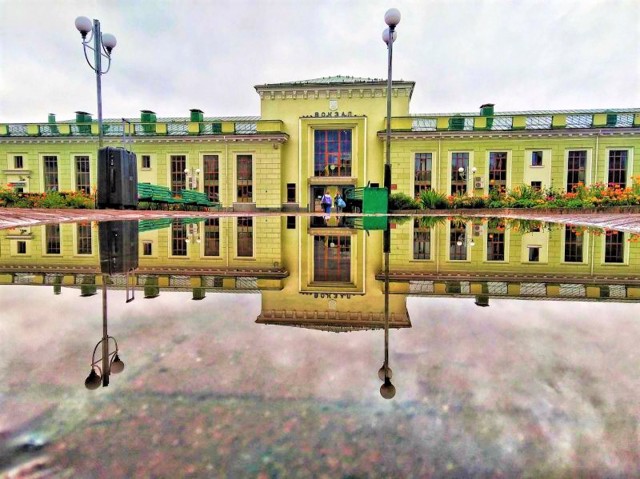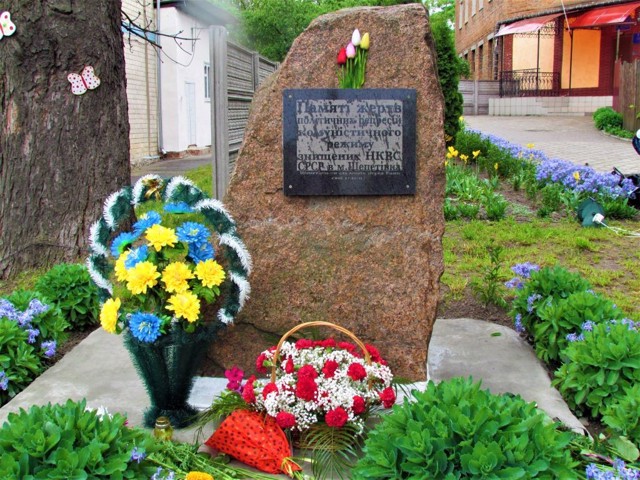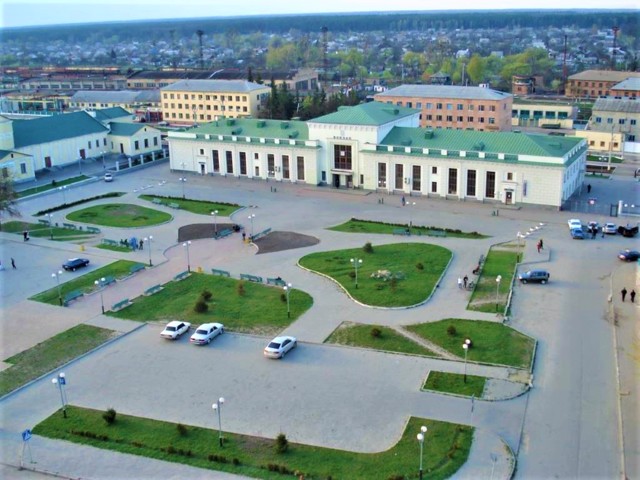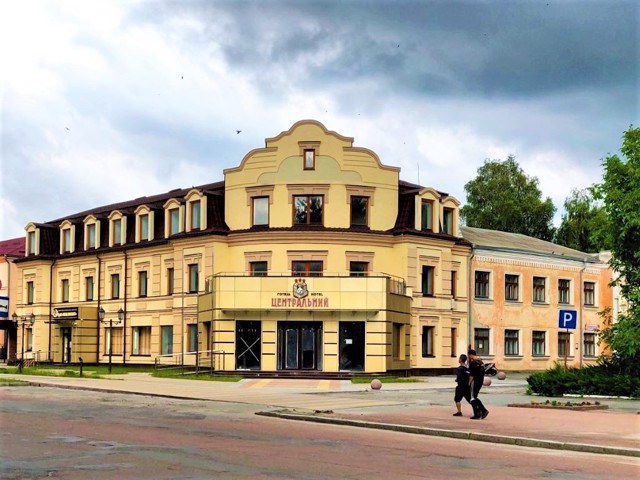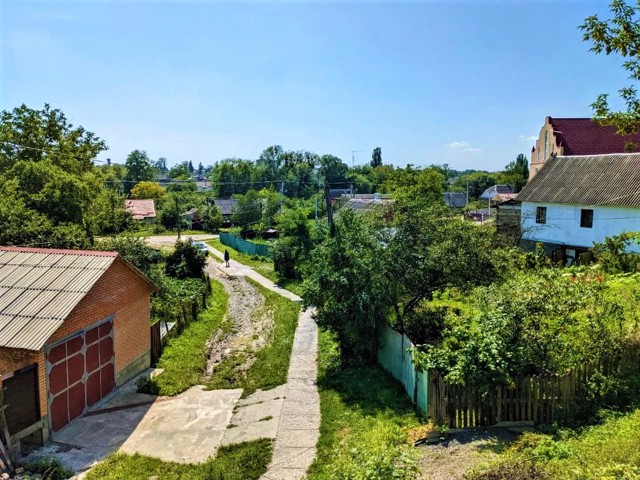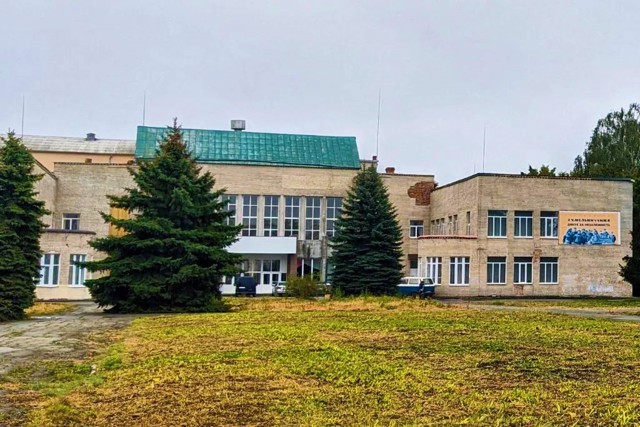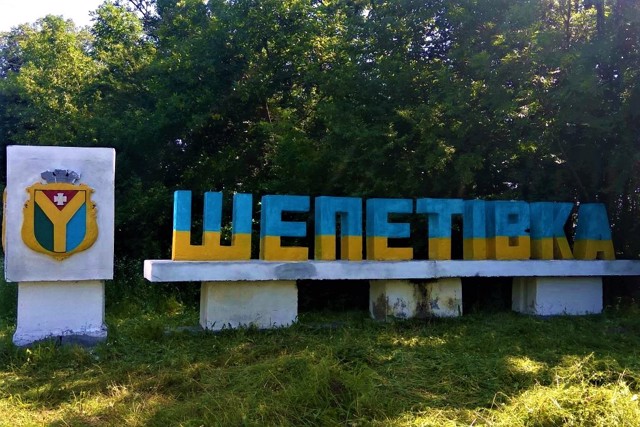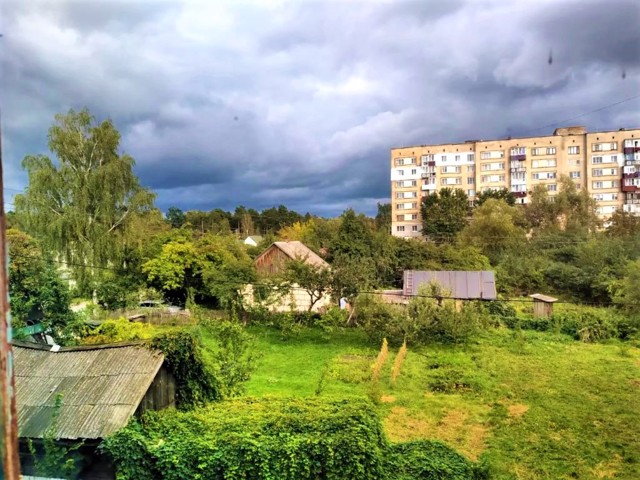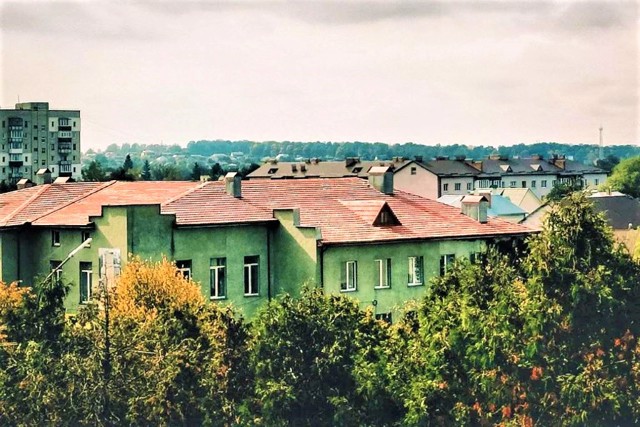Functional temporarily unavailable
Shepetivka
Travel guide online Shepetivka
General information about Shepetivka
The city of Shepetivka on the Huska River is a large regional center and an important railway hub. It is located on the P-05 highway "Rivne - Khmelnytskyi" 100 kilometers from Khmelnytskyi.
It has been known since 1594 as the property of the magnate Andriy Zhdyarskyi. During the Liberation War, the inhabitants of Shepetivka joined the Cossack army, the Shepetivka Hundred was created, but in 1649 the town was burned down by units of Polish punishers. Soon the city passed into the ownership of Vladyslav Dominik Zaslavskyi, then the princes of Lubomyrskyi and Sangushko. The last owners of Shepetivka were the Potocki, under whom the industry was actively developing.
In 1873, a railway was laid thro ...
The city of Shepetivka on the Huska River is a large regional center and an important railway hub. It is located on the P-05 highway "Rivne - Khmelnytskyi" 100 kilometers from Khmelnytskyi.
It has been known since 1594 as the property of the magnate Andriy Zhdyarskyi. During the Liberation War, the inhabitants of Shepetivka joined the Cossack army, the Shepetivka Hundred was created, but in 1649 the town was burned down by units of Polish punishers. Soon the city passed into the ownership of Vladyslav Dominik Zaslavskyi, then the princes of Lubomyrskyi and Sangushko. The last owners of Shepetivka were the Potocki, under whom the industry was actively developing.
In 1873, a railway was laid through Shepetivka, and a steam locomotive depot was opened. One of the main enterprises of the city is the sugar factory founded near Potocki.
The future writer Mykola Ostrovskyi, who later described those revolutionary events in the autobiographical novel "How Steel Was Tempered" studied at the Shepetivka Primary School during the time of the National People's Republic of Ukraine. At one time, the Ostrovskyi Museum in Shepetivka was included in the UNESCO international catalog "Museums of the World" as a unique architectural monument. And another literary hero Ostap Bender has a catchphrase put into his mouth by Ilf and Petrov: "... the last city is Shepetivka, about which the waves of the Atlantic Ocean break."
Місто Шепетівка на річці Гуска - великий райцентр і важливий залізничний вузол. Розташоване на трасі Р-05 "Рівне - Хмельницький" в 100 кілометрах від Хмельницького.
Відоме з 1594 року як власність магната Андрія Ждярського. Під час Визвольної війни жителі Шепетівки поповнили козацьке військо, була створена Шепетівська сотня, однак в 1649 році містечко спалили загони польських карателів. Незабаром місто перейшло у власність Владислава Домініка Заславського, потім князів Любомирських, Сангушків. Останніми власниками Шепетівки були Потоцькі, при яких активно розвивалася промисловість.
В 1873 році через Шепетівку була прокладена залізниця, відкрилося паровозне депо. Одним з основних підприємств міс ...
Місто Шепетівка на річці Гуска - великий райцентр і важливий залізничний вузол. Розташоване на трасі Р-05 "Рівне - Хмельницький" в 100 кілометрах від Хмельницького.
Відоме з 1594 року як власність магната Андрія Ждярського. Під час Визвольної війни жителі Шепетівки поповнили козацьке військо, була створена Шепетівська сотня, однак в 1649 році містечко спалили загони польських карателів. Незабаром місто перейшло у власність Владислава Домініка Заславського, потім князів Любомирських, Сангушків. Останніми власниками Шепетівки були Потоцькі, при яких активно розвивалася промисловість.
В 1873 році через Шепетівку була прокладена залізниця, відкрилося паровозне депо. Одним з основних підприємств міста понині є заснований при Потоцьких цукровий завод.
За часів УНР в шепетівському початковому училищі вчився майбутній письменник Микола Островський, який згодом описав ті революційні події в автобіографічному романі "Як гартувалася сталь". Музей Островського в Шепетівці свого часу був занесений до міжнародного каталогу ЮНЕСКО "Музеї світу" як унікальна пам'ятка архітектури. А іншому літературному герою Остапові Бендеру належить крилата фраза, вкладена йому в уста Ільфом і Петровим: "... останнє місто - це Шепетівка, про яку розбиваються хвилі Атлантичного океану".
Офіційний сайт міста Шепетівка - shepetivka.com.ua
Сплануй своє перебування у Shepetivka
What to see and where to go in Shepetivka
Tourist attractions and museums of Shepetivka
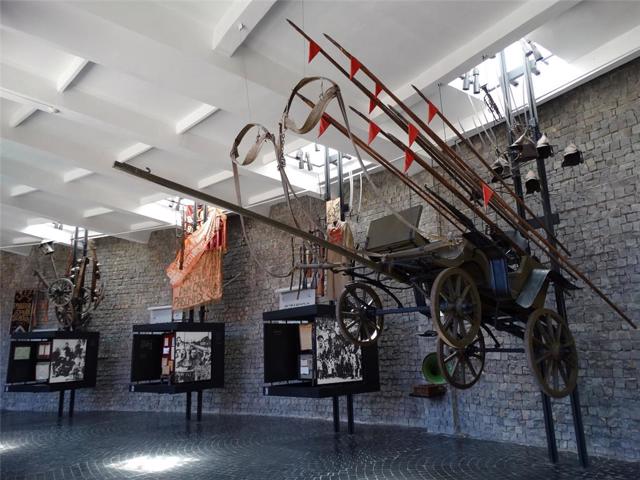
Propaganda Museum
Museum / gallery
Propaganda Museum was opened in Shepetivka as a memorial museum of Mykola Ostrovsky - one of the four museums of the writer on the territory of Ukraine.
Renamed by the decision of the Khmelnytskyi Regional Council in 2020.
It was founded in 1946, and the current building of the museum was built in 1974-1979 according to the individual project of architects Mykola Husyeyev and Viktor Suslov. A three-story building of round shape, built of stone and metal, covered with red and black enamel. According to UNESCO, the Museum of Propaganda in Shepetivka is included in the international catalog "Museums of the World" as a unique architectural monument.
The artistic and monumental decoration of the exposition was developed by the artist Anatoliy Haydamaka. In the vestibule, there is a bust of Mykola Ostrovsky by the sculptor Volodymyr Kornev. The main exhibition is on the third floor. The exhibits are in black cubes fixed on rails. Above the cubes are placed spatial compositions of various things corresponding to the era and the theme of the stands. Submitted photos, documents, memorabilia, editions of the writer's works and illustrations to them.
The museum is located on a hill, all the approaches to it are beautifully paved with stone, which, in addition to the original design, unfortunately creates serious inconvenience for people with disabilities.
Here, on the square, stands a monumental monument to Mykola Ostrovsky.
Reviews Shepetivka
Geographical information about Shepetivka
| {{itemKey}} | {{itemValue}} |
|---|---|
| Region |
Khmelnytskyi |
